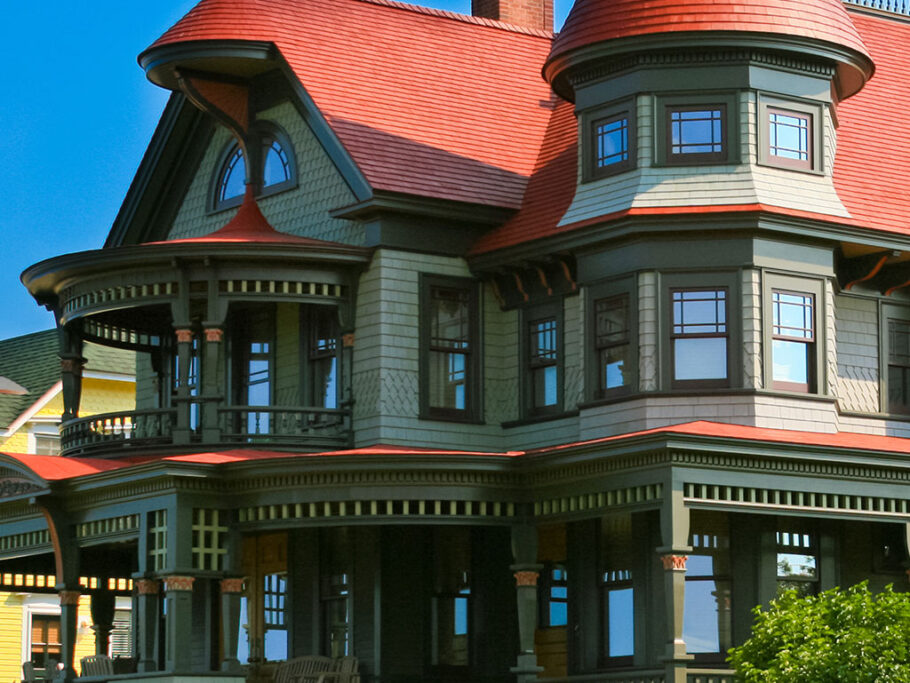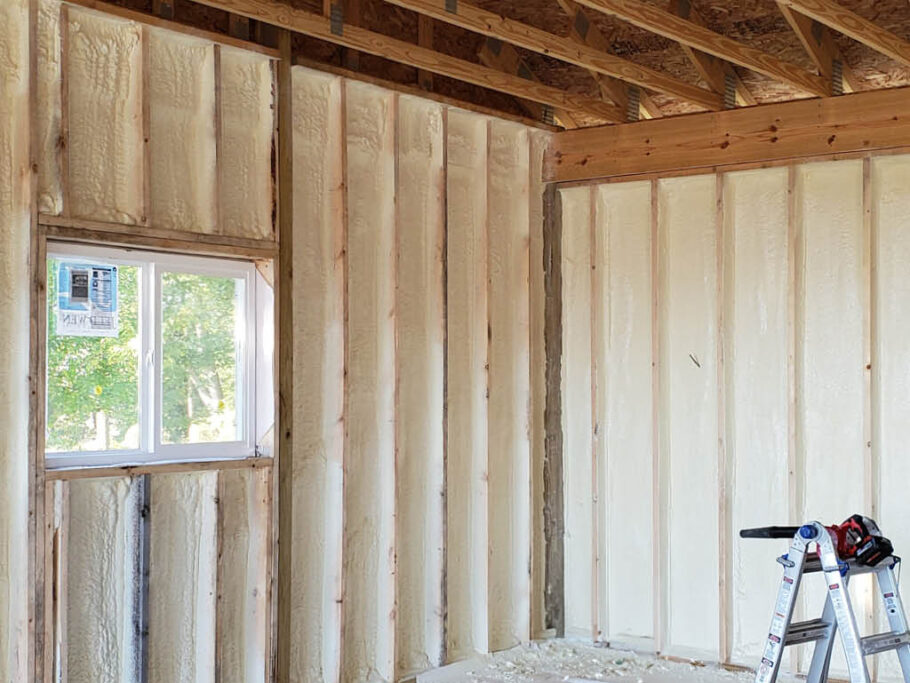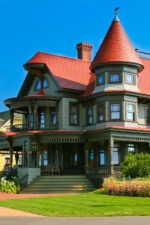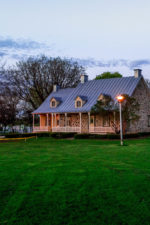A Flash in Time: Camera History
Pulling out your smartphone to snap a picture has become the norm. But, like many other technological advances, the road to develop the modern-day camera was long and winding.
1000 AD: Where it all began
Developed by the ancient Greek and Chinese people, the camera obscura was a box that included a small pinhole, which allowed light from the sun to enter the box and create a projected image upon the light hitting the surface.
1826: Capturing memories
Taking the camera obscura one step further, Joseph Niépce utilized the chemical silver nitrate to take the first photograph of his backyard. It took eight hours for his photo to develop.
1907: Pop of color
Brothers Louis and Auguste Lumière began marketing an additive color process they dubbed “Autochrome,” resulting in colored photos.
Fun fact: Why so serious? For most people, having photographs taken was a rare luxury. This, coupled with the lengthy time it took to snap a picture, resulted in serious facial expressions.
1927: Let there be light
General Electric produced the first flash bulbs—originally designed out of glass but switched to plastic a few years later—but they were considered to be extremely fragile and could only be used once.
1948: Shake it like a Polaroid picture
Edwin Herbet Land released the Polaroid Land Camera, which was able to produce a printed photo from the camera itself.
1975: Let’s get digital
Developed by Steve Sasson, the first digital camera took 23 seconds to produce black-and-white photos that had to be saved onto a cassette tape.
2000: On-the-go photography
Samsung released the first camera flip phone (the SCH-V200); it had to be connected to the computer to access the photos.
Today: Digital single-lens reflex camera
Known as a DSLR, this popular camera type allows users to digitally control settings, resulting in professional-like photos.































